Features of growing gumi shrub - from planting to the subtleties of care
On the backyard plots of gumi shrubs, with minimal care, they amaze with their exotic beauty for many years. In spring, they attract with abundant flowering, and in summer they give tasty and healthy fruits.
Description
Gumi (or multiflorous oak) is a shrub up to 3 m high or a small tree from the Lokhovy family. Young shoots are red-brown, with age they acquire a light brown color. They are branched and covered with numerous thorns. Beautiful waxy leaves can be brownish, golden, or silvery. The small, creamy white flowers have a strong scent. They appear in large numbers in May-June. After flowering, soft fruits are tied with a stone and a long stalk. At first the drupes are green, then their color turns yellow. When fully ripe, the berries turn red.
Healing properties
The bark and leaves of gumi contain a natural dye that turns fabrics black and brown. Loch is an excellent honey plant in early spring. It saturates the soil with nitrogen and has phytoncidal properties.
Gumi fruits ripen from mid-July, gradually, so they are harvested several times. The delicate pulp resembles the taste of cherries, pineapple, dogwood and apples. They are slightly tart at first, but become sweet as they ripen. Berries contain vitamins A, C, E, a large amount of useful minerals and amino acids. Raw jam, jam, compotes are made from them. The fruits are also dried and pickled. It can be stored frozen for up to 8 months.
Berries are not recommended for use during pregnancy. Gumi should be used with caution in the presence of allergies.
Reproduction
You can grow a young gumi shrub on your own if you breed it in one of the available ways.
- Seeds.
The easiest way to propagate the loch is by the seed method, but the properties of the mother plant are not always preserved. Seed germination is quite low.
The ripe fruits are collected, peeled from the pulp and placed in paper bags. Before frost, the seeds are mixed with sawdust and buried in the garden to a depth of about 30 cm. They are covered with a layer of leaves and make sure that in the winter season there is a thick one-meter layer of snow in this place. The seed is dug up when about a month remains before planting.
You can stratify in another way. The collected seeds are first stored for about 5 months in a mixture of sand and sawdust at a temperature of about +18 degrees, while maintaining high humidity. Then they are transferred to a room with a temperature of +4 degrees for another five months. In early April, the seed is placed in containers with soil for further cultivation.
The seeds are placed in a substrate, covered with plastic wrap and kept at room temperature. Regularly moisten and air the plantings. By autumn, the height of the seedlings will reach about 50 cm. The first year it is advisable to grow them indoors in winter. If planting in open ground, be sure to carefully cover the young plant. It is better to do this when the sucker has at least three shoots and a strong root system about 20 cm long. In the first years of life, the growth of the aerial part is slow, the gumi is actively building up the root system. Then the growth rate increases. Young bushes give their first small harvest in the 3-4th year of life.
- Cuttings.
For this method, green lateral shoots of the current year are used, from 7 to 10 cm long. The two upper leaves are cut in half, and the shoots themselves are treated in a stimulator, for example, "Heteroauxin".The cuttings are rooted in the coarse sand. They are covered with a film, avoid direct sunlight on the planting and are regularly moistened. The roots appear in about two months.
- Layers.
After harvesting, an incision is made in the bark of a branch located next to the ground. The resulting wound is treated with a rooting agent. A small hole with fertile soil is made next to the layering, the branch is tilted and fixed in the recess. Sprinkle with earth on top. The next year, in summer, the young plant is separated from the mother bush and transplanted to a permanent growing site. At first, gumi is shaded from the sun.
How to plant gumi?
Preparing the soil for the sucker must be done in advance. In the fall, 15 kg of manure and 100 g of superphosphate are applied per square meter of the plot, then the soil is dug up.
Gumi is planted in the spring, in March or April. Better to use one- or two-year-old seedlings. In good young specimens, the height is about 40 cm, the diameter of the base of the trunk is on average 6-7 mm, a powerful fibrous root and a trunk with 3-4 shoots.
For high yields, it is recommended to plant 2 young specimens of sucker at a distance of 2 meters from each other.
Prepare a large planting pit with a diameter of about 1.5 m. At the bottom are 700 g of wood ash, 300 g of double superphosphate and 30 kg of organic fertilizers. The amount of dressings is adjusted depending on the quality of the soil. The seedling is placed vertically in the planting hole so that the roots do not touch the fertilizers, to a depth of 8 cm. After planting, the bush is watered and the trunk circle is mulched. The seedling is shortened, keeping 70 cm of the aboveground part. Thanks to this procedure, the young plant will branch better.
Features of cultivation
Observance of simple rules of care will allow you to admire a beautiful plant for many years, because the life of gumi is more than 25 years.
- The multiflower loch will like a bright and open place with protection from the wind. In the shade, it will bear fruit worse.
- Adult plants have high drought resistance, young specimens need more water. In extreme heat, gumi continues to develop, while the turgor of the leaves decreases. In such weather, he needs watering. Use about 25 liters of water for each bush.
- The gumi shrub prefers loamy or sandy loam soil with good drainage. Sour soil needs to be limed. The plant does not like swampy and oxygen-poor lands.
- Weeds are removed regularly. After rains and irrigation, light loosening of the soil is carried out, trying not to damage the roots located close to the soil surface. Trunk circles mulch.
- In spring, 8 kg of compost is used as fertilizer for each bush. After harvesting, 30 g of double superphosphate and 150 g of wood ash are used.
- Until the age of ten, special pruning of the sucker is not necessary. It is enough to carry out sanitary: remove diseased, damaged or dried branches. At 13-15 years old, the plant is rejuvenated. At the same time, a third of the old branches are removed. Young shoots will grow, from which a renewed bush will form.
The ground part of the bush can withstand frosts down to -20 degrees, the roots are preserved at -30 degrees. With superficial freezing, gumi recovers well within 1-2 years, but it is better to protect it from low temperatures. In late autumn, the branches of the bush are bent to the ground and fixed. Mulching is carried out with dry leaves, sawdust, spruce branches, grass or peat. Young plants are covered especially carefully.
Diseases and pests
Aphids, a polyphagous leaf beetle, a mulberry bug or a fruit roll can settle on the sucker. As a rule, there are few parasites, they can be dealt with using folk methods. In the evening, various spraying is carried out.
- Infusion of onion peels. About 150 g of husks are poured into 10 liters of boiling water and insisted for 3-4 days.
- Green tops of potatoes (for 1.5 kg of tops you need 10 liters of warm water). You can process it after 4 days by adding 40 g of soap to the mixture.
In case of a massive attack of pests (usually aphids), insecticide treatment is carried out.
Gumi rarely gets sick, sometimes it is damaged by brown spot. The plant loses its decorative effect, its leaves curl and fall off prematurely. Sick plants are sprayed with a fungicide, such as Vectra or Strobi.
Gumi is an extraordinary plant that always attracts attention. In spring, the bush is covered with a dense, fragrant carpet of white flowers, in summer it surprises with bright edible berries. It can be the highlight of any garden.
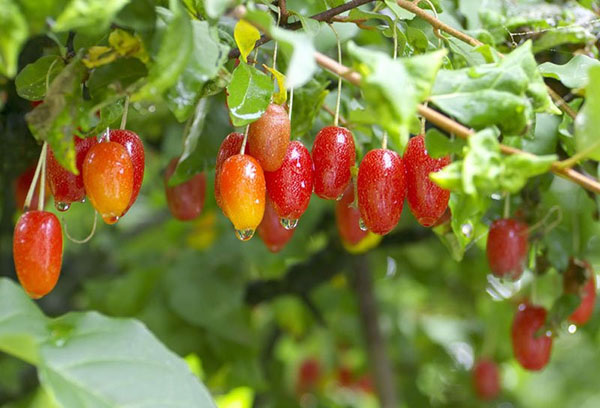
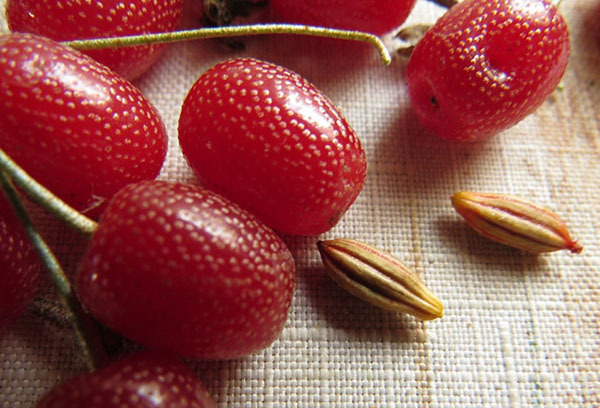
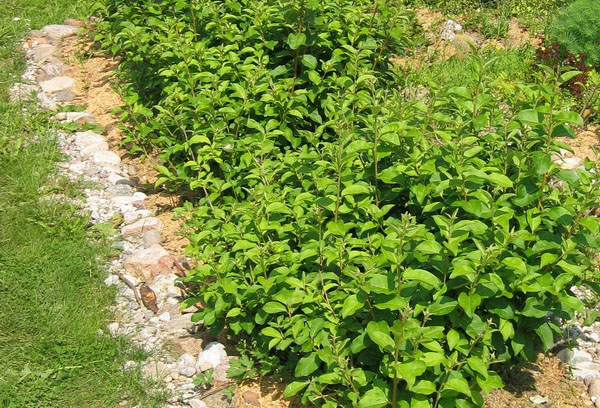
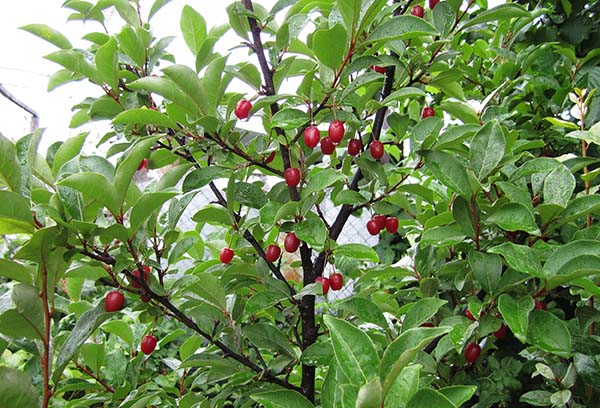
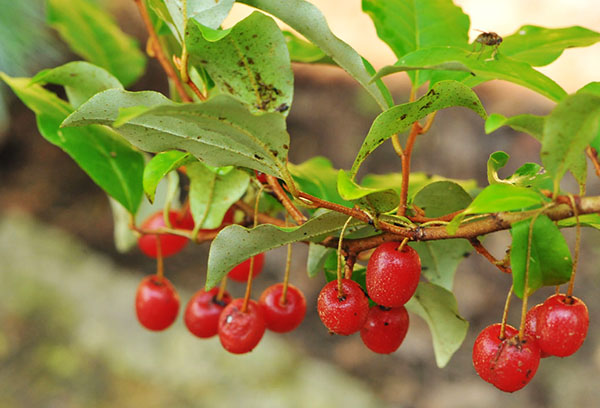
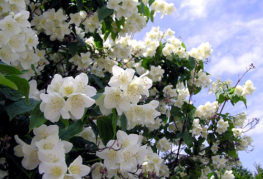
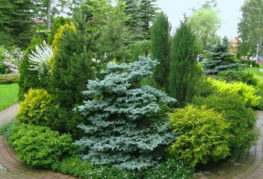

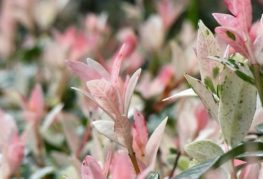
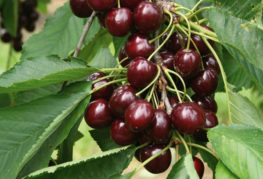
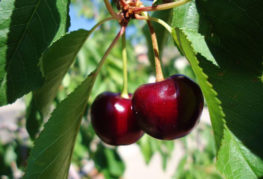
and will be published shortly.